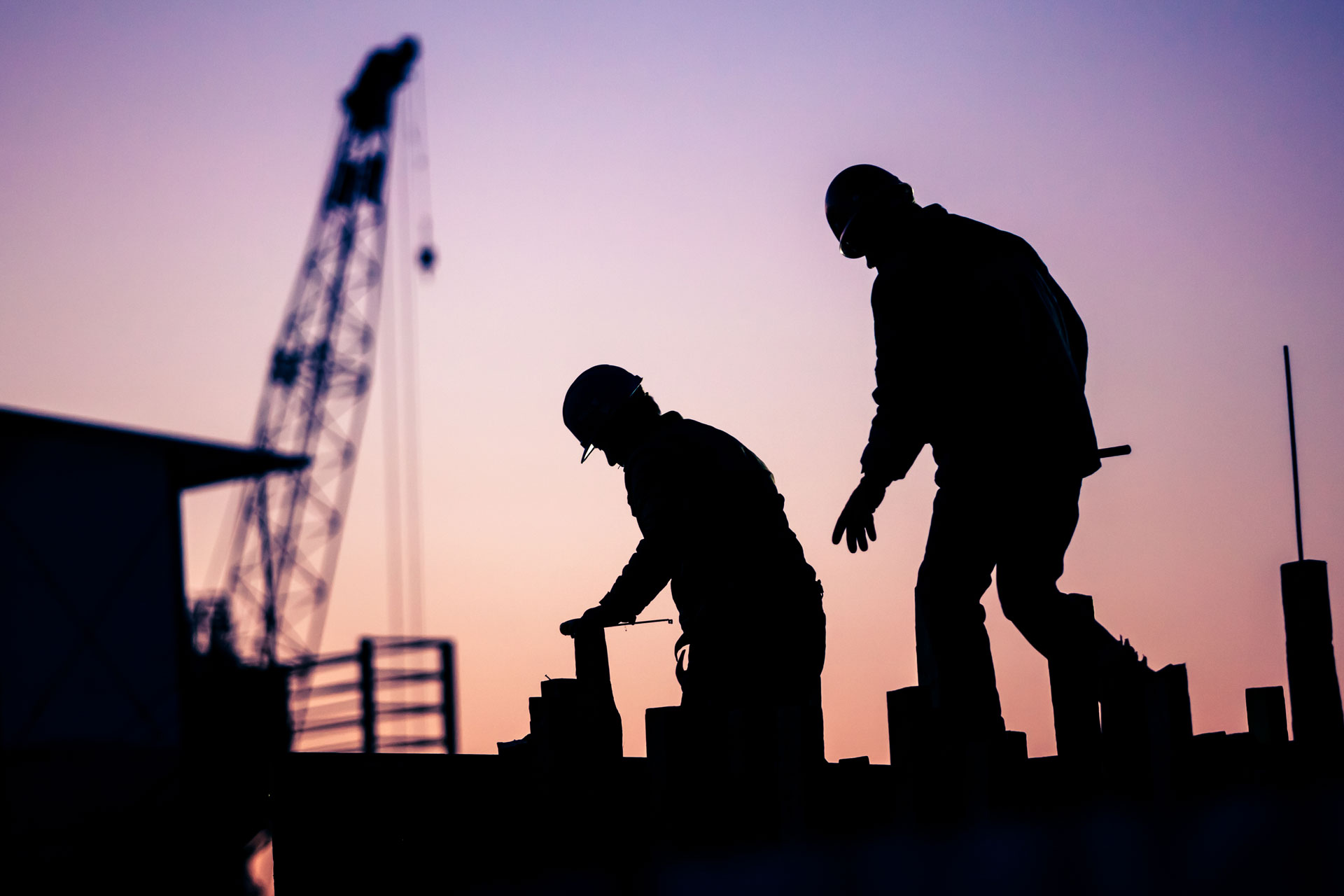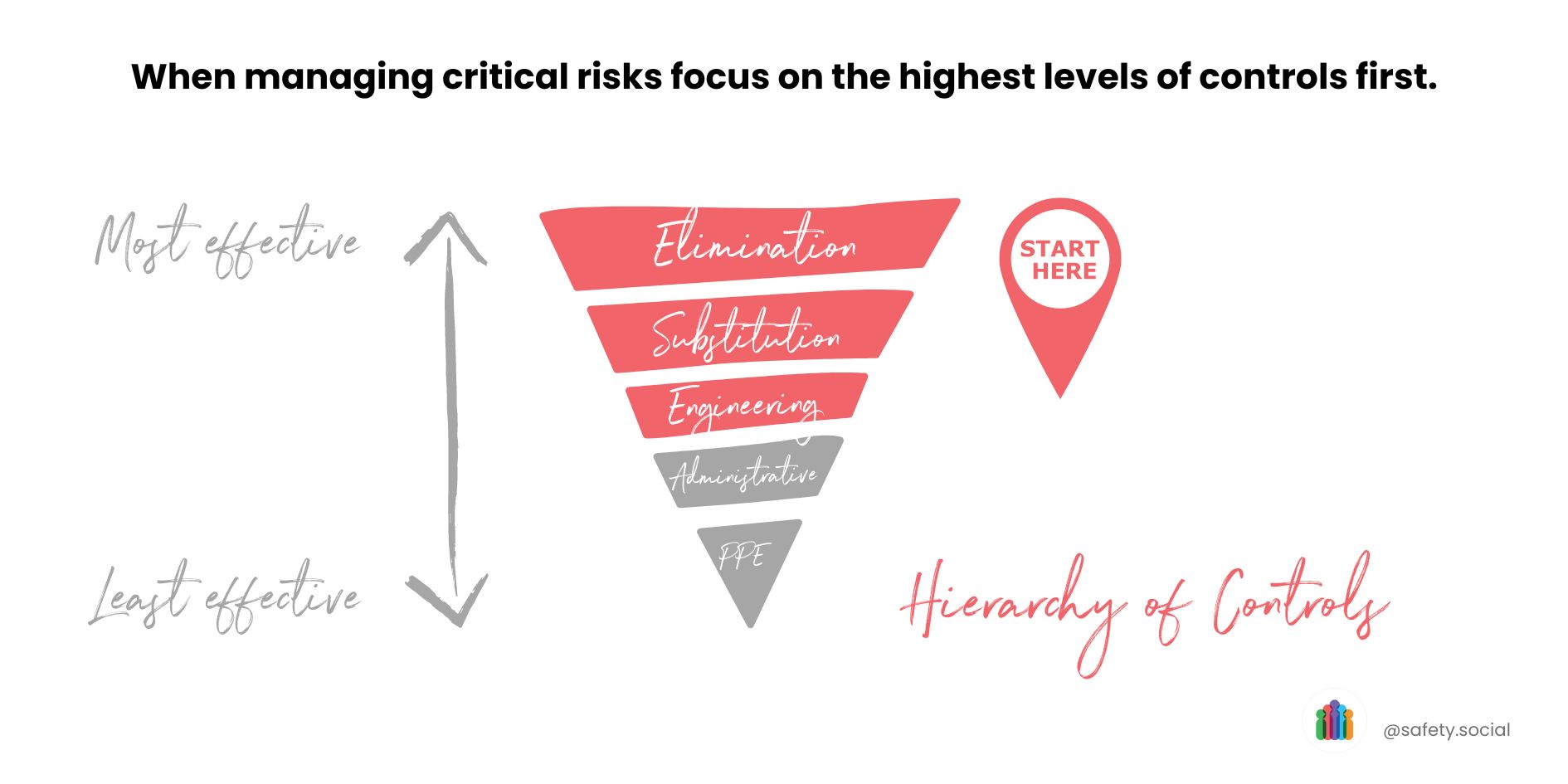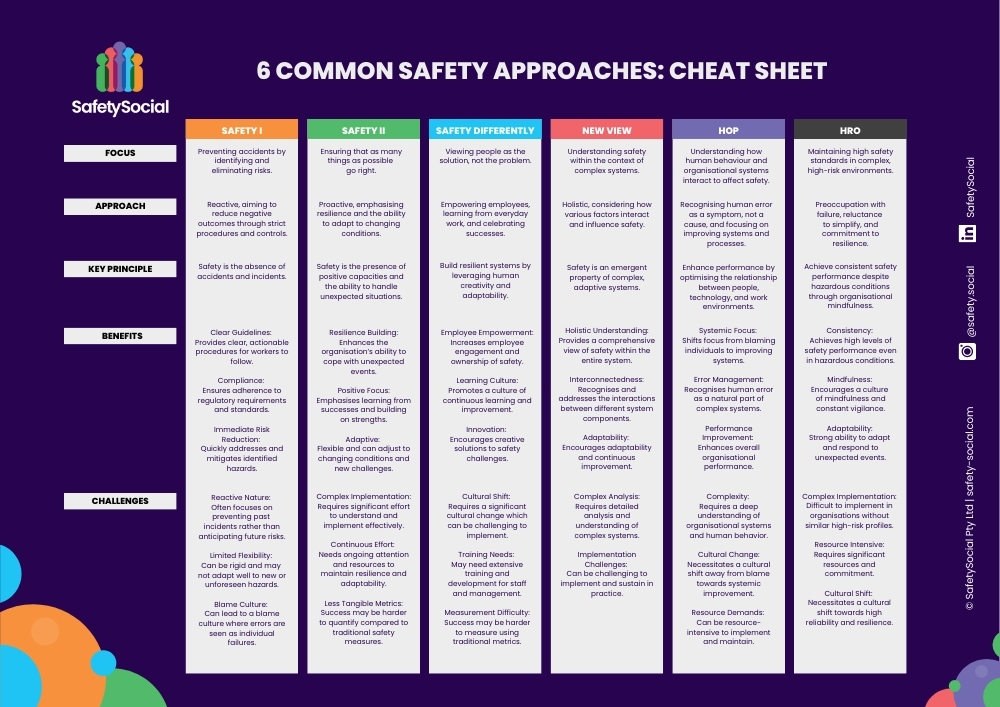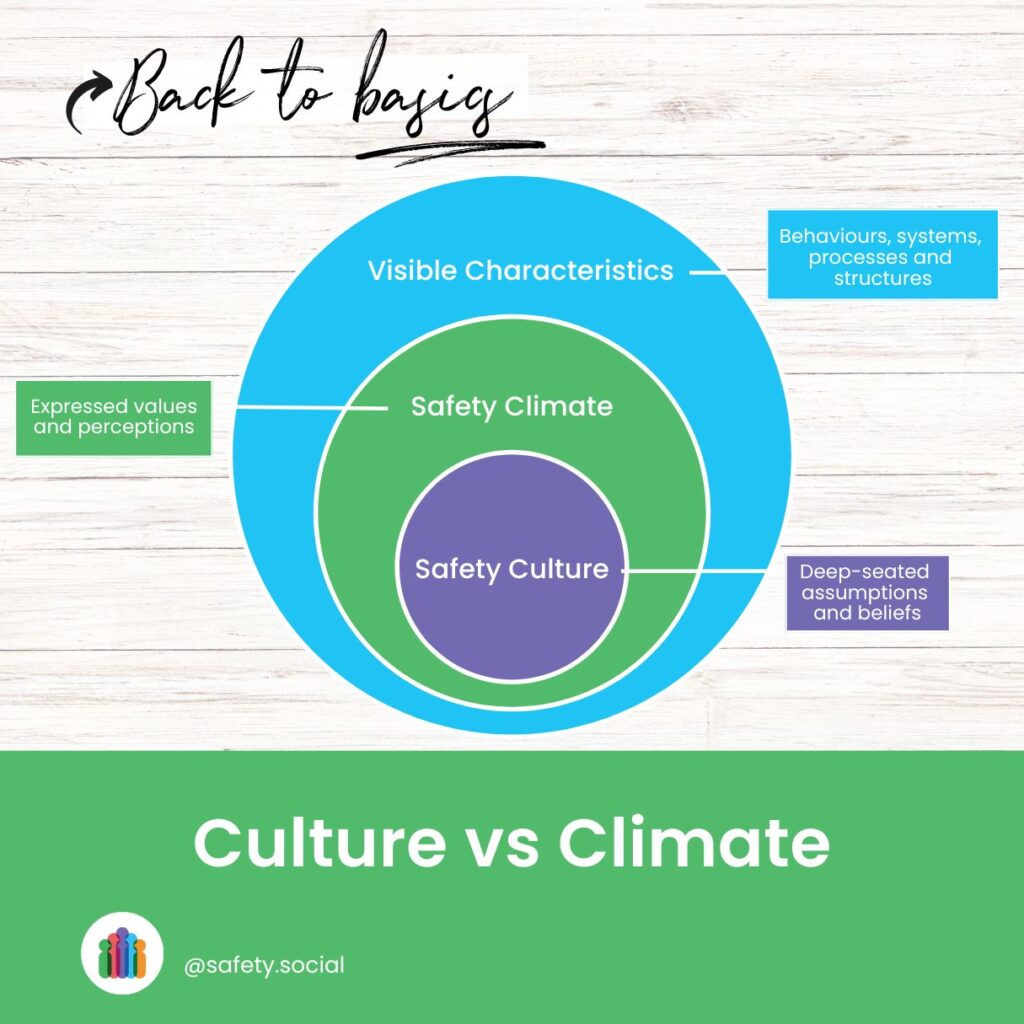
When we talk about critical risks in the workplace, we’re not just talking about the everyday hazards—we’re talking about the dangers that could cause serious harm or even death. These are the risks that deserve our full attention and the strongest measures to prevent potential tragedies. So, let’s break down what critical risks are and how we can manage them effectively.
Critical risks generally fall into three main categories:
- Acute Risks: These are the immediate dangers that can cause serious injury or death in an instant, like falls from heights, vehicle accidents, or getting caught in moving machinery. These are the kinds of risks that make you sit up and take notice because the consequences are so serious.
- Health-Related Risks: These risks might not be as obvious, but they’re just as dangerous. They include long-term exposure to harmful substances like asbestos, dust, or chemicals. The tricky part with these risks is that the impact might not show up right away. It could take years for the effects to become apparent, which is why staying on top of them is so important.
- Catastrophic Risks: These are the big, scary events that can have devastating consequences—things like gas explosions or chemical leaks. They might not happen often, but when they do, the impact is huge. These risks often involve complex systems and can affect not just the workplace but the surrounding community as well.
How to Manage Critical Risks
When it comes to dealing with critical risks, the focus should always be on the most effective controls first. This means starting with the methods that reduce or eliminate the risk entirely:
- Elimination: The best way to manage a risk? Get rid of it completely. If a task, process, or material poses a critical risk, figure out if there’s a way to eliminate it from the workplace. For example, if working at heights is a major risk, see if the task can be done from the ground instead.
- Substitution: If you can’t eliminate the risk, the next best thing is to substitute it with something less dangerous. For example, if you’re using a toxic chemical, see if there’s a safer alternative that gets the job done with less risk.
- Engineering Controls: When elimination or substitution isn’t an option, engineering controls are your next line of defense. This means designing or modifying equipment, processes, or structures to reduce exposure to hazards. For example, installing safety guards on machinery or improving ventilation to keep harmful substances out of the air.

Now, it’s important to note that while these higher-level controls are the most effective, they’re not always foolproof. That’s where lower-level controls, like administrative measures (training, procedures) and personal protective equipment (PPE), come in. But keep in mind, these are more about adding extra layers of protection—they’re not as reliable on their own because they don’t fully account for the variability and unpredictability of real-world work conditions.
Final Thoughts
Understanding and managing critical risks isn’t just about compliance—it’s about protecting lives and creating a work environment where everyone feels safe. When you focus on the most effective controls, you’re not just checking off a box—you’re taking real steps to prevent harm and make your workplace safer for everyone.
So, next time you’re thinking about safety at work, don’t just look at the obvious hazards. Take a closer look at the critical risks that could have the most serious consequences and make them a priority in your safety strategy. Your team will thank you for it, and you’ll have the peace of mind that comes from knowing you’re doing everything you can to keep everyone safe.
Want more curated content like this straight to your inbox? Subscribe to our newsletter. 👇



